The C-Word: How to avoid cramp during your next Maverick Race
There’s nothing worse than cramps ruining your long training run or Maverick Race event, so we’ve asked Precision Fuel & Hydration co-founder Andy Blow to give us his best advice for avoiding the dreaded c-word.
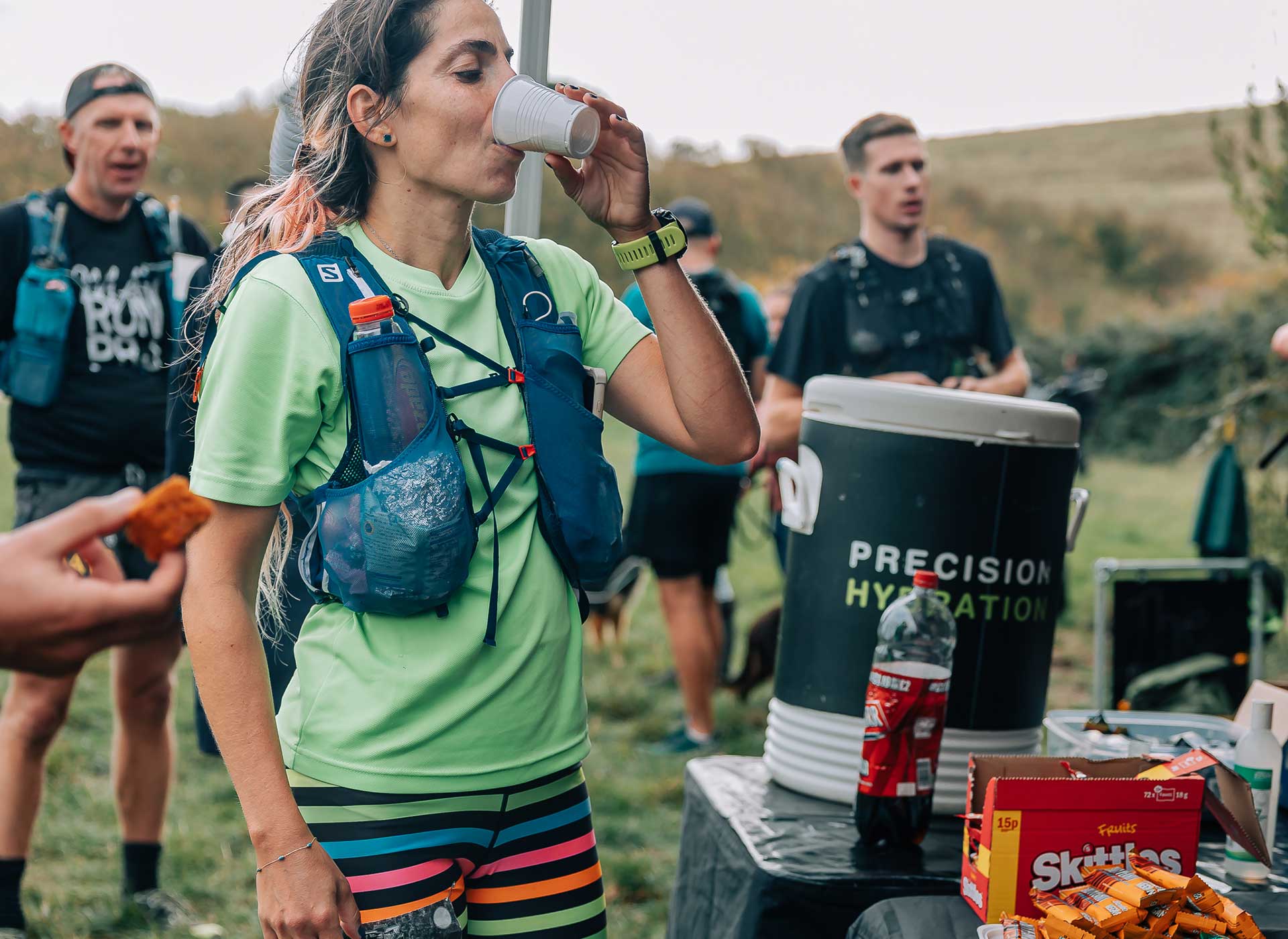
I have a strong personal interest in the subject of Exercise Associated Muscle Cramps (EAMC) because I used to be a chronic sufferer during my younger days competing as a triathlete.
I was plagued with horrible contractions during races, as well as cramps that have woken me up during the night after hard training sessions, and on one memorable occasion, cramp even cost me a Chicken Tikka Masala when an extremely violent hamstring spasm made me kick over my table during a quiet post-race meal.
Despite the fact that muscle cramps are a very common phenomenon and they’ve been widely studied, no one really knows the full story about cramp yet.
In spite of this, over the last ten years or so I seem to have largely gotten on top of my issues with cramp. This has come through modifying my behaviour, diet and expectations of my body based on what I’ve learned through a combination of reading and personal experimentation.
So, if you're a fellow cramper, there may be hope for you as you bid to get through your next Maverick Race cramp-free...
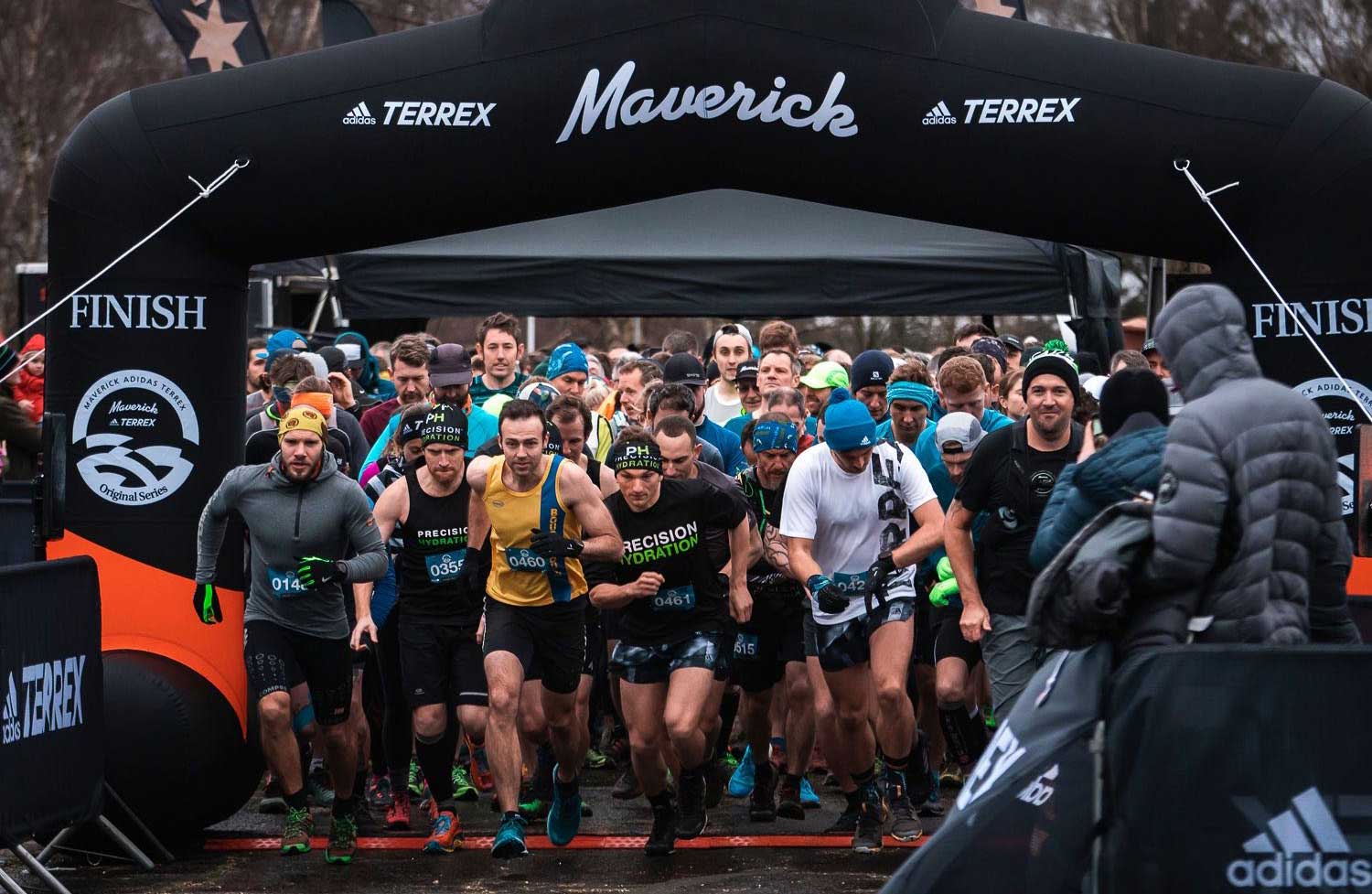
So, what causes your muscle cramps?
In the research world there are essentially two competing theories of what causes Exercise Associated Muscle Cramp.
The ‘Dehydration/Electrolyte Theory’
This theory is probably the oldest. It speculates that a significant disturbance in fluid or electrolyte balance leads to cramp. In simpler terms, if you lose a lot of sodium and don’t replace it (as is common when you sweat a lot), it can cause fluid shifts in the body that in turn causes cramps.
This theory is predominantly based on plenty of case studies, observational data, anecdote and expert opinion (what scientists call ‘level 4 and 5 evidence’). So, although there’s a decent amount of circumstantial weight behind it, it lacks the more “concrete proof” of data from large scale randomised controlled trials (RCTs) which is rightly considered necessary by proponents of evidence-based practice for it to be widely accepted as anything approaching ‘fact’.
The ‘Neuromuscular Theory’
This theory is more recent and proposes that muscle overload and neuromuscular fatigue are the root causes of Exercise Associated Muscle Cramp. Basically, muscles tend to cramp specifically when they are overworked and fatigued due to electrical misfiring.
One big factor that does appear to support the neuromuscular theory is that stopping and stretching affected muscles is a pretty universally effective method to fix a cramp when it is actually happening. What stretching does is put the muscle under tension invoking afferent activity from the Golgi Tendon Organs (part of the muscle responsible for telling it to relax) and causing the cramp to dissipate.
At this point it’s important to steer your thinking away from this being a binary - ‘one or the other’ - argument between two competing theories, even though this is how the topic of cramping is commonly presented.
As no-one definitively knows what’s going on with muscle cramps yet, focusing on a polarised argument between two incomplete theories is a lot less productive than looking at the bigger picture and considering the merits of both theories and the actionable advice they have to offer.
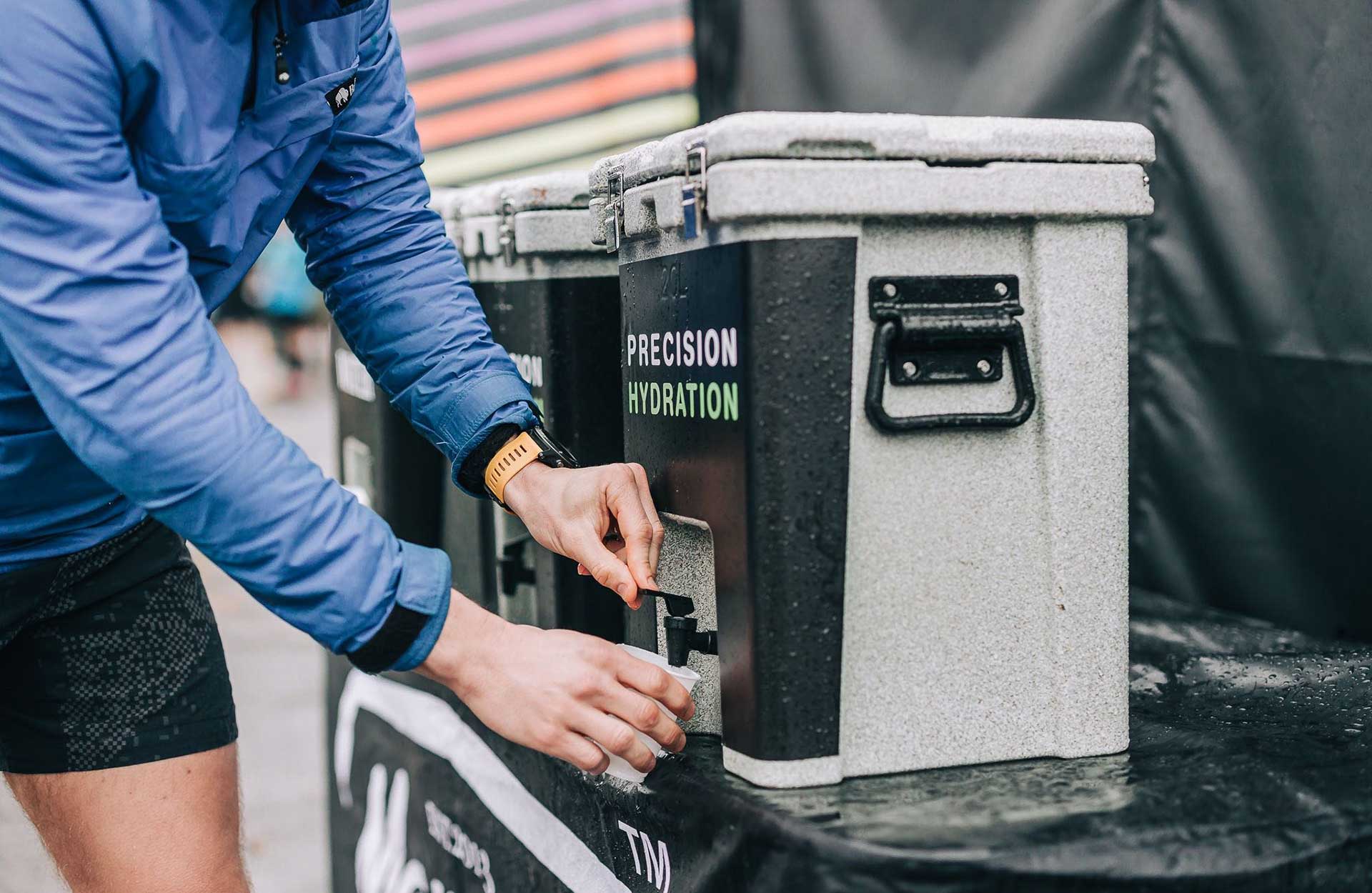
How to alleviate the symptoms of cramp
A 2019 review paper argues that there's no definitive cause of cramp, but rather different causes for different types of cramp. The authors suggest it isn't necessary to know the cause to find a treatment and therefore more time and energy needs to be spent trying to treat and prevent cramps.
Although I tended to cramp a lot when I was competing, especially in longer and hotter races, it didn’t happen every single race and it was relatively rare that it would occur in training. And this is the case for a lot of other athletes; cramps happen from time to time, but not all the time - so zeroing in on causes and cures can be tricky.
The bottom line appears to be that muscle cramps are likely to have multiple causes including, but not limited to, electrolyte imbalances and neuromuscular fatigue and that, as a result, it’s likely that multiple interventions will be needed to try to eliminate these ‘different flavours’ of cramp.
At Precision Fuel & Hydration, we surveyed hundreds of athletes who reported suffering from cramp and more than 85%of them had tried more than one method in an attempt to alleviate the issue.
Increase your sodium intake
Based on my own experiences and the historical evidence, it’s worth looking at your sodium intake in relation to your sweat output. It’s certainly a good idea if your cramps tend to occur during or after periods of heavy sweating, in hot weather, late on during longer activities or if you generally eat a low sodium (or low carb) diet.
One note of caution however; if you do take on additional sodium, especially in the form of electrolyte drinks, make sure they are strong enough to make a real difference. Most sports drinks are extremely light on electrolytes, containing only about 300-500mg sodium per litre.
Human sweat, on average, comes in at over 900mg of sodium per litre (32oz), and at Precision Fuel & Hydration we often measure athletes losing over 1500mg per litre (myself included) through our Advanced Sweat Test.
It’s therefore a good idea to look for upwards of 1000mg sodium per litre in a drink and over 1500mg per litre if you suspect you’re a particularly ‘salty sweater’. A good way to see where this should fit in with the rest of your hydration strategy is by taking our free Fuel & Hydration Planner to get a personalised strategy for your next Maverick Race.
Get a Fuel & Hydration Plan for your Maverick Race
If you’re consuming salt or sodium separate to your fluids, in foods or capsule form, aim for a similar ratio (i.e. 1000-1500mg sodium along with each litre of water you drink) and remember that table salt (NaCl) is only 39% sodium (the other 61% is chloride), so you need ~3g of salt to give you ~1170mg of sodium.
Take the extra sodium in the hours immediately before and during activities that normally result in cramping and see how you get on (there's a specific protocol laid out in this blog I wrote about how to start hydrated).
When I first started taking in additional sodium before and during long, hot triathlon races the effect was immediate and dramatic. I went from cramping up almost every time, to almost never having problems again. I ended up settling on a regime of consuming around 1000-1500mg of sodium per hour during long races (I lose a lot of salt in my sweat, 1,842mg/l in fact) and also found that taking this amount eliminated post-race cramping almost entirely as well.
---
Don’t forget that you can get 15% off electrolytes that match how you sweat when you visit: https://visit.pfandh.com/MR23.
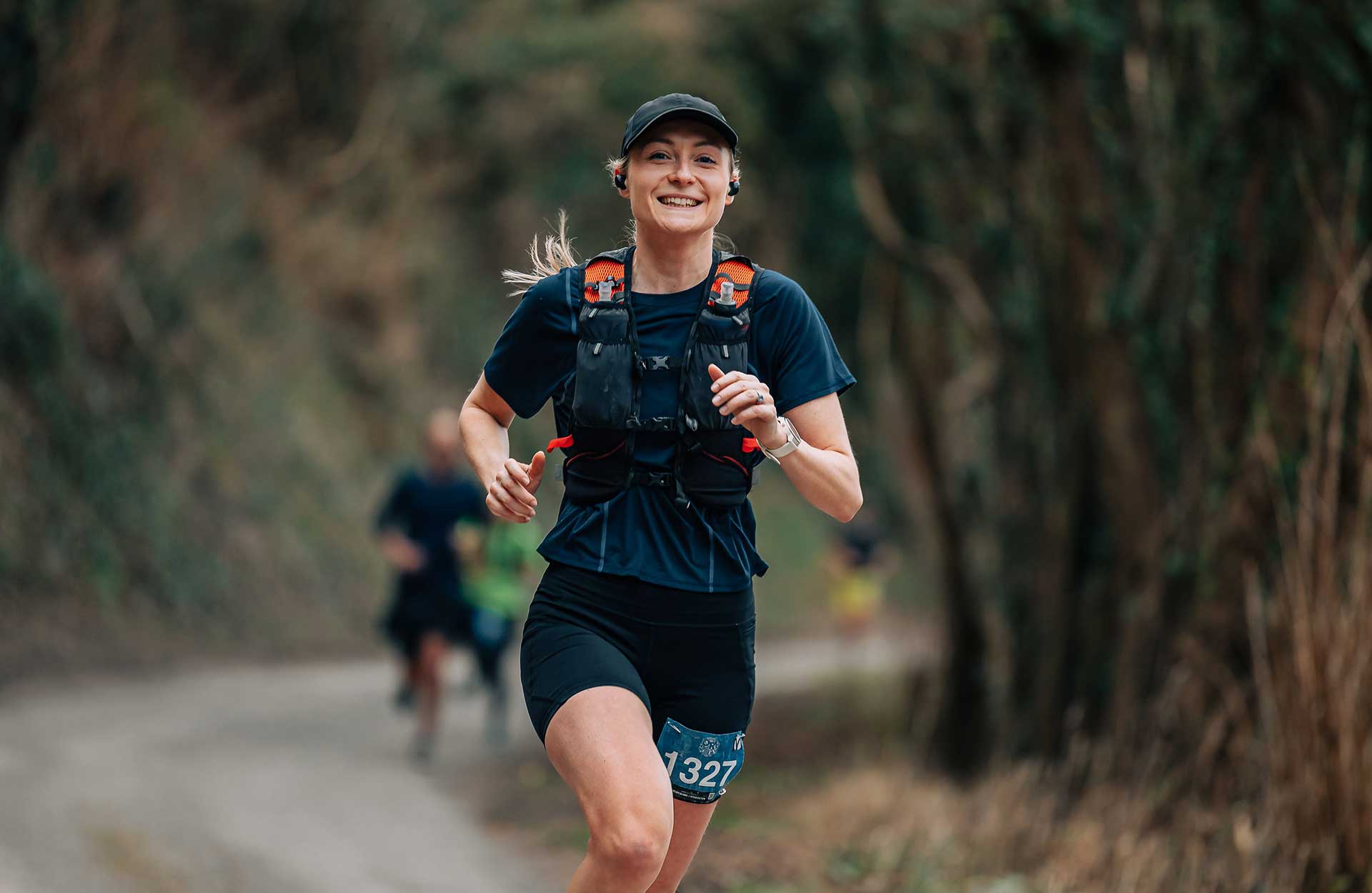
Reduce fatigue
Because it seems highly likely that fatigue is also implicated in cramping, finding ways to minimise this is also logical. As obvious as many of them may sound, try to make sure you tick all of the following boxes to ensure you’re not overloading your body excessively…
- Train specifically for the event(s) that tend to induce cramps - i.e. with the right mix of volume and intensity to prepare your muscles for what is going to be asked of them.
- Pace yourself appropriately based on fitness levels and environmental conditions to avoid overloading muscles prematurely.
- Taper into events so that you’re fresh and well-rested when you start.
- Make sure you’re adequately fueled with plenty of carbohydrates on board before you start events and that you fuel adequately to avoid becoming glycogen depleted which can contribute to premature fatigue.
Other strategies
Other strategies that are far from proven, but that either make intuitive sense or have been used by athletes in the war on cramp include…
- Sports massage and stretching of the affected muscles
- Acupuncture
- Thorough warm-ups prior to cramp-inducing activities
- Mental relaxation techniques
Although none of these are likely to offer a complete solution they are generally accessible, inexpensive and may even benefit performance in other ways, so there would seem to be little downside to giving them a try as you prepare for your next Maverick Race.
If you have any questions about cramping and your own hydration and fueling strategy for your next Maverick event, you can book a free one-to-one video call with a member of the Precision Fuel * Hydration Athlete Support team.
About Andy
Andy Blow is a Sports Scientist and the founder of Precision Fuel & Hydration. Andy was formerly an elite-level triathlete who can count a couple of top-10 IRONMAN finishes and an Xterra Age-Group World title to his name. Andy has a BSc (Hons) degree in Sport and Exercise Science from the University of Bath, UK.
It was during his racing career that he discovered how individualised fluid and electrolyte replacement can make such a big difference to performance (and reduce his cramping issues), and this led to him setting up precisionhydration.com - a company that specialises in sweat, dehydration, cramping, electrolyte replenishment, and helping athletes better understand their own hydration and fueling needs.




